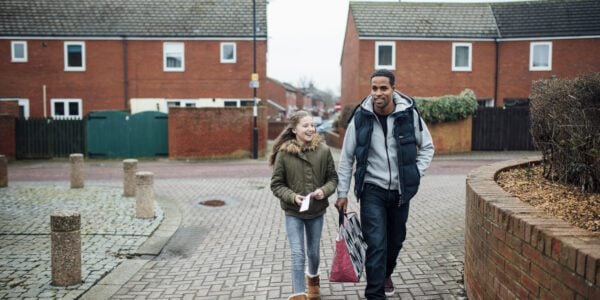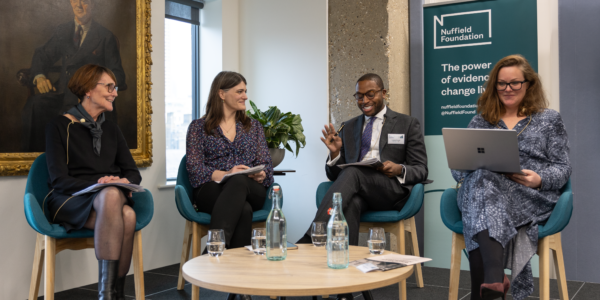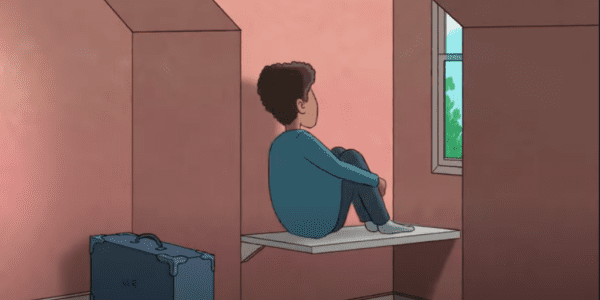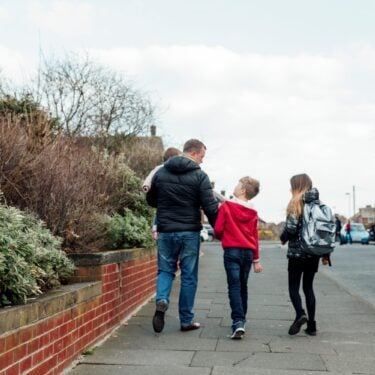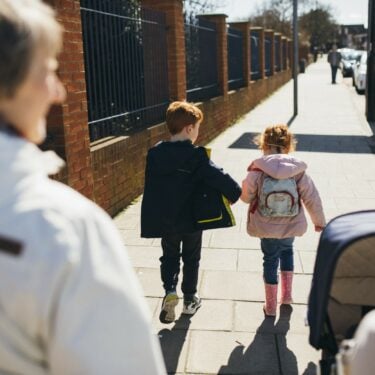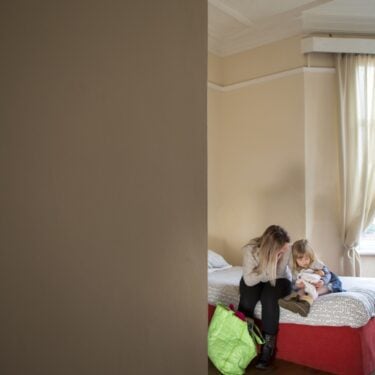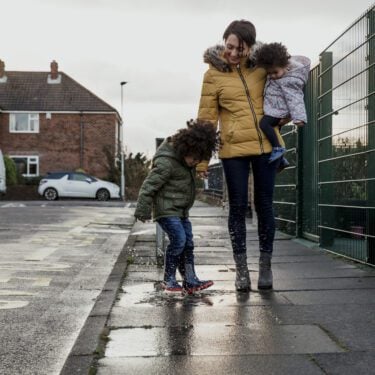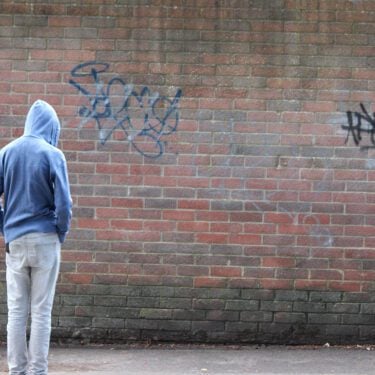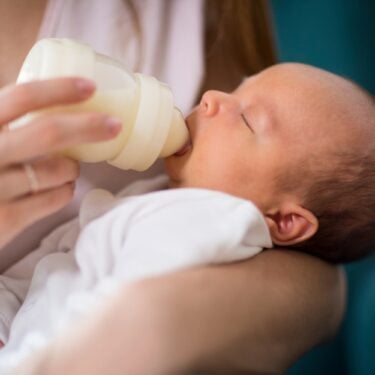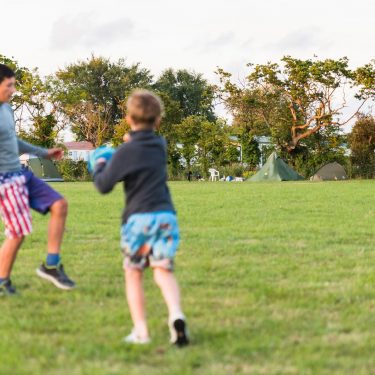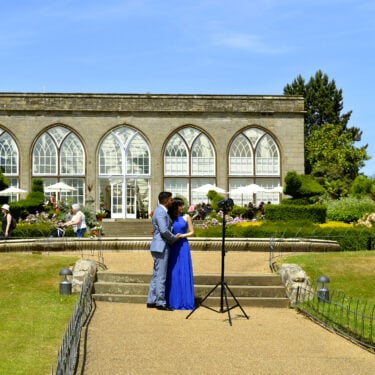In the light of the Court of Appeal judgment in Owens v Owens, new Nuffield-funded research highlights the need for reform of divorce law in England and Wales.
Current laws require one party to be ‘at fault’ or a minimum separation of two years if both parties consent, or five years if the other spouse does not (as in the recent Owens case). The theory behind retaining fault is that identifying who and what was responsible for the marriage breakdown will discourage and condemn such behaviour, thus protecting marriage.
But in reality, petitions are drafted to ensure the court grants a divorce. They are not necessarily accurate records of how and why a marriage broke down, even if that can be identified. In a survey undertaken as part of the Nuffield-funded study, of people who divorced using fault, 43% of respondents to the divorce reported that the fact used was not closely related to their view of the ‘real’ reason for the separation.
The research is led by Professor Liz Trinder at the University of Exeter and will publish final findings in Autumn 2017. Interim findings show that:
- The majority of divorces are based on ‘fault’ i.e. blaming one spouse for the marriage breakdown.
- Using fault (adultery or behaviour) means the divorce can take as little as three months, instead of a wait of at least two years.
- Divorce petitions are not necessarily accurate records of who or what caused the breakdown of the marriage. Petitions can be based on compromise statements (a ‘fudge’) designed to minimise conflict and upset, or can be just one person’s view of what went wrong with the marriage.
- The court cannot test whether allegations are true or not and petitions are taken at face value. ‘Rebuttals’ written on the form by respondents are ignored unless the respondent files a formal ‘Answer’ (with £245 fee) to defend the petition.
- The threshold for behaviour petitions appears to be lower than 30 years ago.
- Very few petitions appear to be rejected on substantive legal grounds, whether ‘true’ or not.
- Fault can create or exacerbate conflict. This can affect negotiations about children or finances where the law expects parties to work together.
- In reality, there is already divorce by consent or ‘on demand’, but masked by an often painful and sometimes destructive legal ritual.
- So far, there is no evidence from this study that the current law does protect marriage.
- Reform of the divorce law is long overdue. A single system of notification of intent to divorce would be clearer, more honest and neutral between petitioner and respondent.



